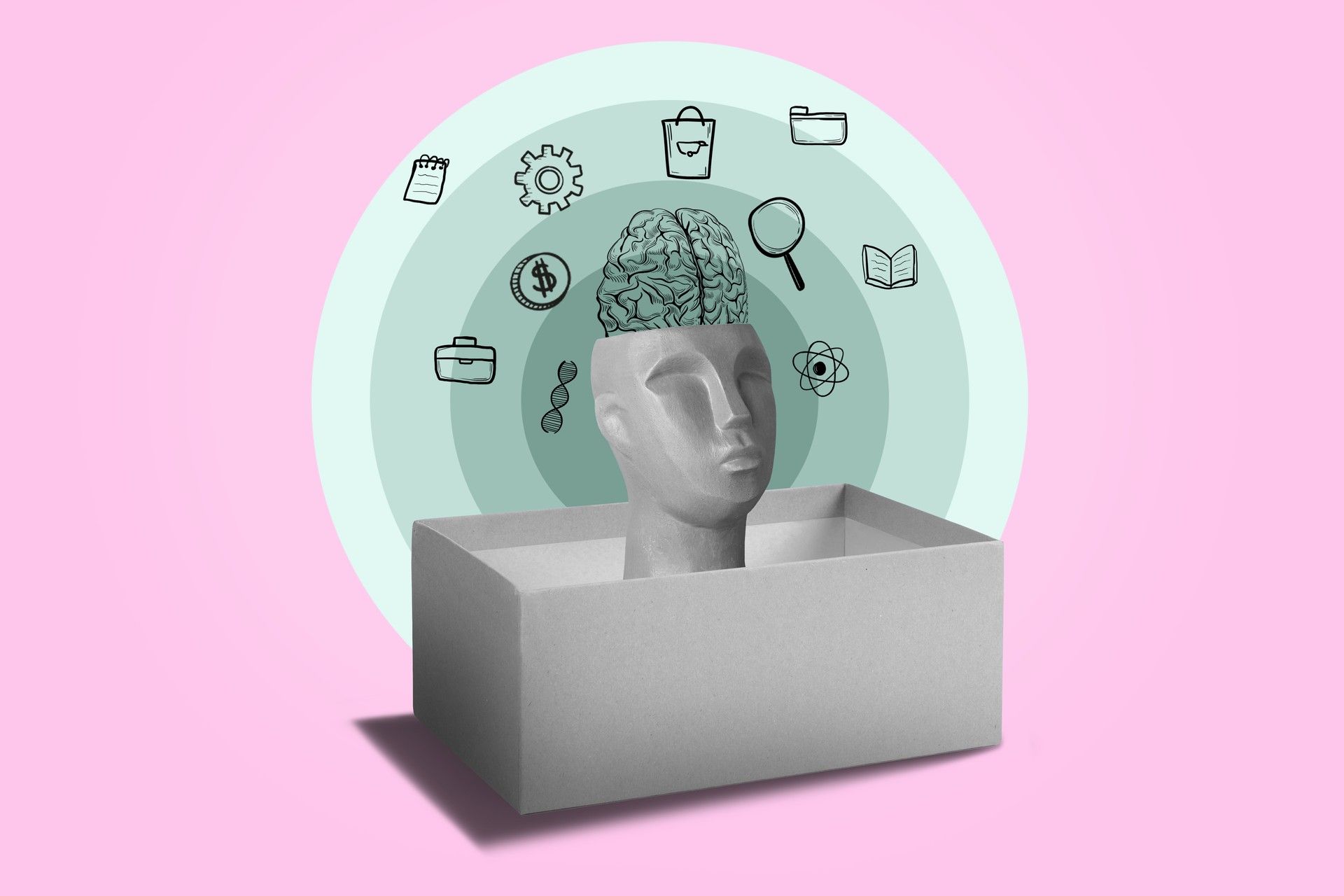As we continue to rely more on AI-powered technologies, it’s mandatory to address the issue of bias in machine learning. Bias can be present in many different forms, ranging from subtle nuances to more obvious patterns. Unfortunately, this bias can easily seep into machine learning algorithms, creating significant challenges when it comes to developing fair, transparent, and impartial decision-making procedures.
The challenge of bias is particularly acute in industries that are already prone to bias and discrimination, such as those related to hiring, finance, and criminal justice. For example, if a machine learning algorithm is trained on data that is biased against a certain group of people, it will inevitably produce biased results. This can have serious consequences, such as perpetuating discrimination and injustice.
To address these issues, it’s important to develop machine learning algorithms that are designed to be as impartial as possible. This requires careful attention to the data used to train the algorithms, as well as the algorithms themselves.

What is bias in machine learning?
Bias in machine learning refers to the systematic and unjust favoritism or prejudice shown by algorithms towards certain groups or outcomes. The foundation of bias lies in society’s visions and values, which can unintentionally taint the data used to train AI models.
This unintentional influence from human biases can result in the perpetuation of discriminatory practices, hindering the true potential of AI in advancing society.
There are different types of machine learning bias to be aware of including:
- Sample bias
- Prejudice bias
- Measurement bias
- Aggregation bias
Sample bias: Occurs when the training dataset is not representative of the real-world population, leading the model to perform poorly on certain groups.
Prejudice bias: Arises when data contains prejudiced attitudes or beliefs that favor one group over another, perpetuating inequalities.
Measurement bias: Results from incorrect or skewed data measurements, leading to inaccurate conclusions.
Aggregation bias: Emerges when different datasets are combined without accounting for variations in data sources, leading to distortions in the model’s understanding.

The first step to completely solving any problem is to understand the absolute underlying cause. Bias is a concept that rightly plagues many minorities today, and many researchers are trying to understand how it is rooted in human psychology.
Research in social psychology has shown that individuals may hold implicit biases, which are unconscious attitudes and stereotypes that influence their judgments and behaviors. Studies have demonstrated that people may exhibit implicit racial biases, where they associate negative or positive traits with specific racial or ethnic groups. Implicit bias can influence decision-making, interactions, and behavior, leading to unintentional discrimination and perpetuation of stereotypes.
It is quite possible that this fallacy in human psychology is at the root of bias in machine learning. If an AI developer intentionally or unintentionally excludes certain groups from the master dataset used to train ML algorithms, the result will be that the AI will struggle to interpret them. Machine learning is growing exponentially and while this is a correctable error in the early stages, this mistake will gradually be accepted as a fact by AI, ultimately leading to bias in machine learning.
Bias in machine learning is a major threat to both society and AI
The presence of bias in machine learning can have far-reaching consequences, affecting both the very foundation of AI systems and society itself. At the core of machine learning lies the ability to make accurate predictions based on data analysis. However, when bias seeps into the training data, it compromises the accuracy and reliability of machine learning models. Biased models may produce skewed and misleading results, hindering their capability to provide trustworthy predictions.
The ethics and risks of pursuing artificial intelligence
The consequences of bias in machine learning go beyond just inaccurate predictions. Biased models can produce results that misrepresent future events, leading people to make decisions based on incorrect information and potentially causing negative consequences.
When bias is unevenly distributed within machine learning models, certain subgroups may face unfair treatment. This can result in these populations being denied opportunities, services, or resources, perpetuating existing inequalities.
Transparency is key in building trust between users and AI systems. However, when bias influences decision-making, the trustworthiness of AI is called into question. The obscurity introduced by bias can make users question the fairness and intentions of AI technologies.
One of the most concerning impacts of bias in machine learning is its potential to produce unjust and discriminatory results. Certain populations may be subjected to biased decisions, leading to negative impacts on their lives and reinforcing societal prejudices.
Bias in training data can hinder the efficiency of the machine learning process, making it more time-consuming and complex to train and validate models. This can delay the development of AI systems and their practical applications.

Interestingly, bias can lead to overcomplicated models without necessarily improving their predictive power. This paradox arises when machine learning algorithms try to reconcile biased data, which can ultimately inflate model complexity without any significant improvements in performance.
Evaluating the performance of biased machine learning models becomes increasingly difficult. Distinguishing between accuracy and prejudice in the outputs can be a daunting task, making it hard to determine the true effectiveness of these AI systems.
As bias infiltrates machine learning algorithms, their overall performance can be negatively impacted. The effectiveness of these algorithms in handling diverse datasets and producing unbiased outcomes may suffer, limiting their applicability.
Bias in machine learning can significantly impact the decisions made based on AI-generated insights. Instead of relying on objective data, biased AI systems may make judgments based on prejudiced beliefs, resulting in decisions that reinforce existing biases and perpetuate discriminatory practices.
Can a biased model be recovered?
The discovery of bias in machine learning models raises critical questions about the possibility of recovery. Is it feasible to salvage a biased model and transform it into an equitable and reliable tool?
To address this crucial issue, various strategies and techniques have been explored to mitigate bias and restore the integrity of machine learning algorithms.

Determine the cause
A fundamental step in recovering a biased model is to identify the root cause of bias. Whether the bias originates from biased data collection or the algorithm design, pinpointing the sources of bias is crucial for devising effective mitigation strategies.
By understanding the underlying reasons for bias, researchers and developers can adopt targeted approaches to rectify the issue at its core.
Measure the degree of bias
To effectively tackle bias, it is essential to quantify its extent and severity within a model. Developing metrics that can objectively measure bias helps researchers grasp the scale of the problem and track progress as they implement corrective measures.
Accurate measurement is key to understanding the impact of bias on the model’s performance and identifying areas that require immediate attention.
How does it affect?
Bias in machine learning can have varying effects on different groups, necessitating a comprehensive assessment of its real-world implications. Analyzing how bias affects distinct populations is vital in creating AI systems that uphold fairness and equity.
This assessment provides crucial insights into whether certain subgroups are disproportionately disadvantaged or if the model’s performance is equally reliable across various demographics.
Start from the scratch
High-quality data forms the bedrock of accurate and unbiased machine learning models. Ensuring data is diverse, representative, and free from biases is fundamental to minimizing the impact of prejudice on the model’s predictions.
Rigorous data quality checks and data cleaning processes play a vital role in enhancing the reliability of the model but if the degree of bias in machine learning is too high, starting with a new root dataset must be the way to go.

To cultivate fairness and inclusivity within machine learning models, expanding the training dataset to include a wide range of examples is paramount. Training on diverse data enables the model to learn from a variety of scenarios, contributing to a more comprehensive understanding and improved fairness across different groups.
Change it if you can’t save it
Machine learning offers a plethora of algorithms, each with its strengths and weaknesses. When faced with bias, exploring alternative algorithms can be an effective strategy to find models that perform better with reduced bias.
By experimenting with various approaches, developers can identify the algorithms that align most closely with the goal of creating unbiased AI systems.
No need to be a detective
We have repeatedly mentioned how big a problem bias in machine learning is. What would you say if we told you that you can make AI control another AI?
To ensure your ML model is unbiased, there are two approaches: proactive and reactive. Reactive bias detection happens naturally when you notice that a specific set of inputs is performing poorly. This could indicate that your data is biased.

Alternatively, you can proactively build bias detection and analysis into your model development process using a tool. This allows you to search for signs of bias and gain a better understanding of them.
Several tools can help with this, such as:
These tools provide features like visualizing your dataset, analyzing model performance, assessing algorithmic fairness, and removing redundancy and bias introduced by the data collection process. By using these tools, you can minimize the risk of bias in machine learning.
Addressing bias in machine learning models is a significant challenge, but it is not impossible to overcome. A multifaceted approach can help, which involves identifying the root cause of bias, measuring its extent, exploring different algorithms, and improving data quality.
Featured image credit: Image by Rochak Shukla on Freepik.





